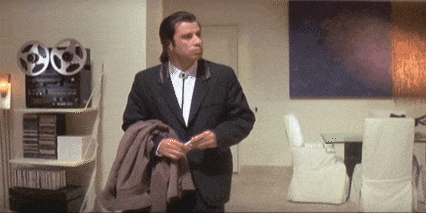Circumference is 2 x pi x radius. Unlike surface measurement, it increases linearly.
Therefore, the circumference at 3" is half of the circumference at 6". Linear speed follows circumference progression.
Therefore, the circumference at 3" is half of the circumference at 6". Linear speed follows circumference progression.



Comment